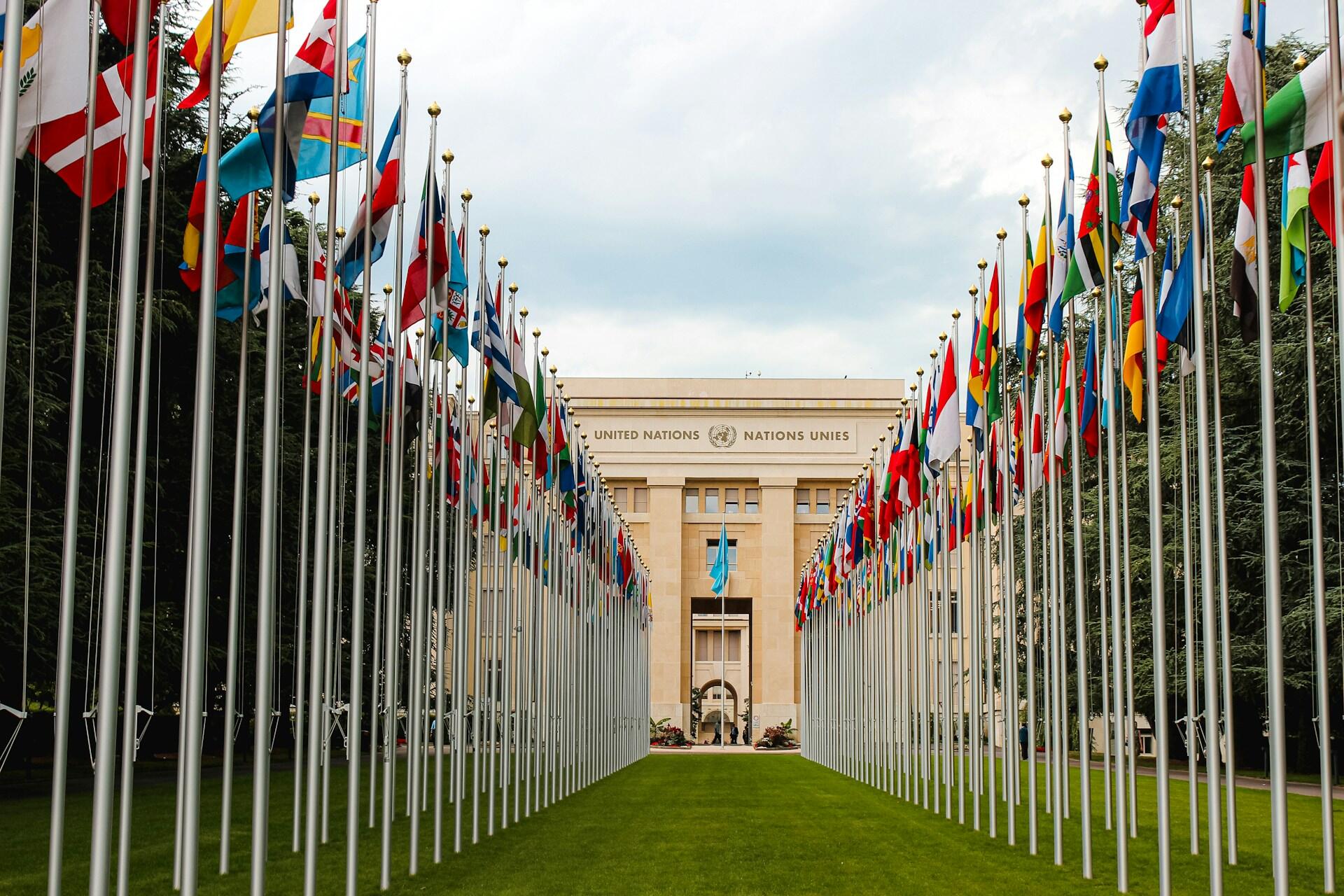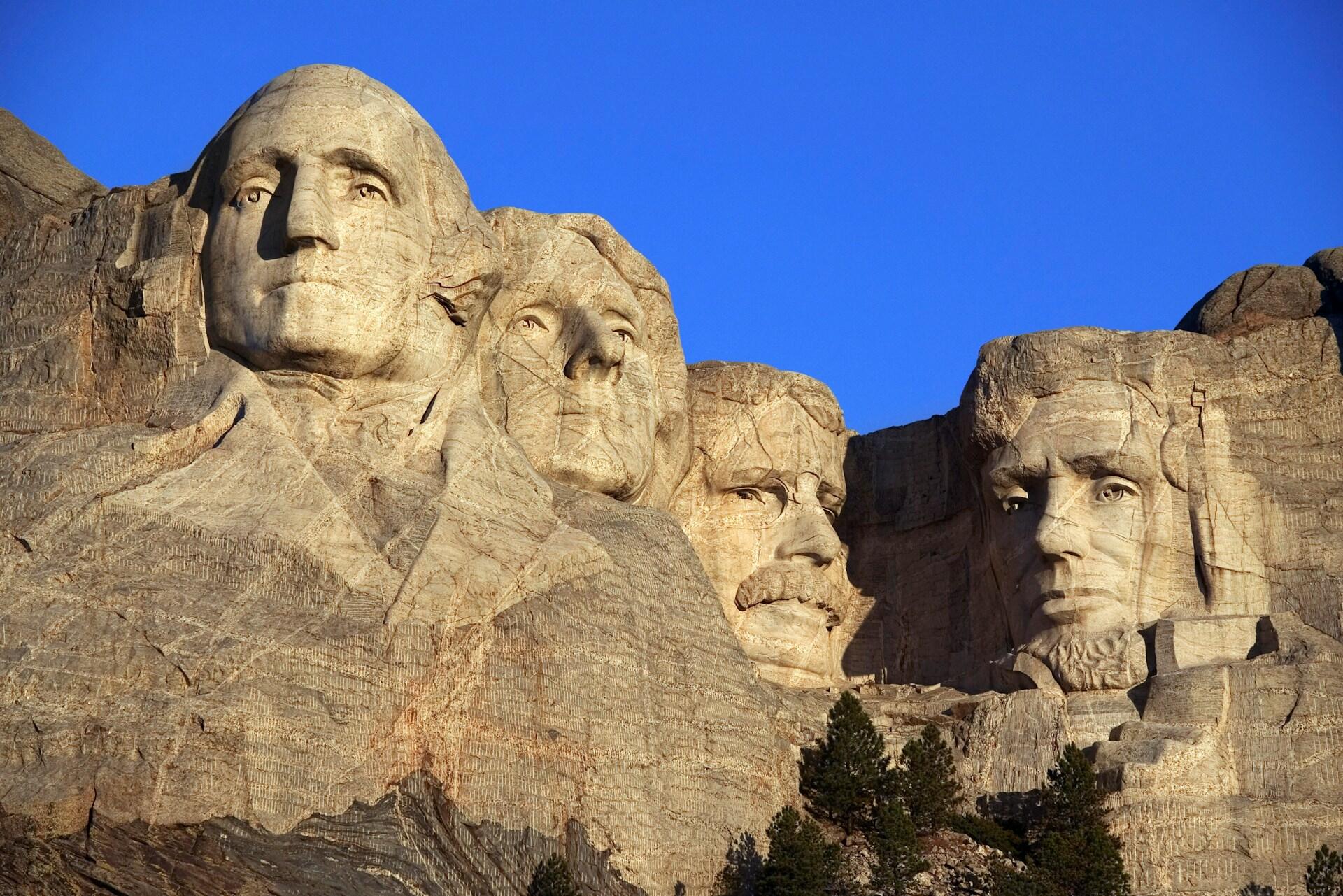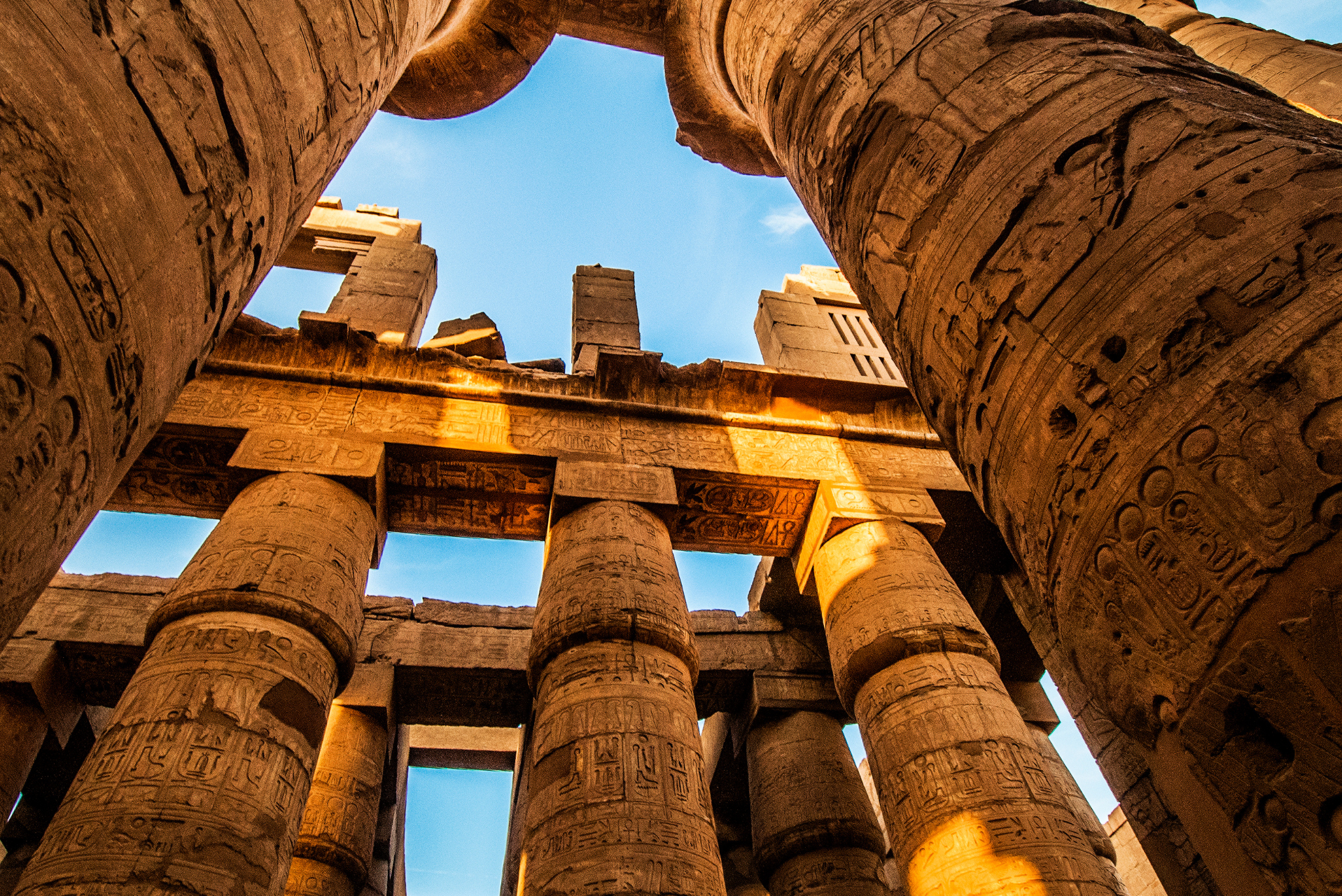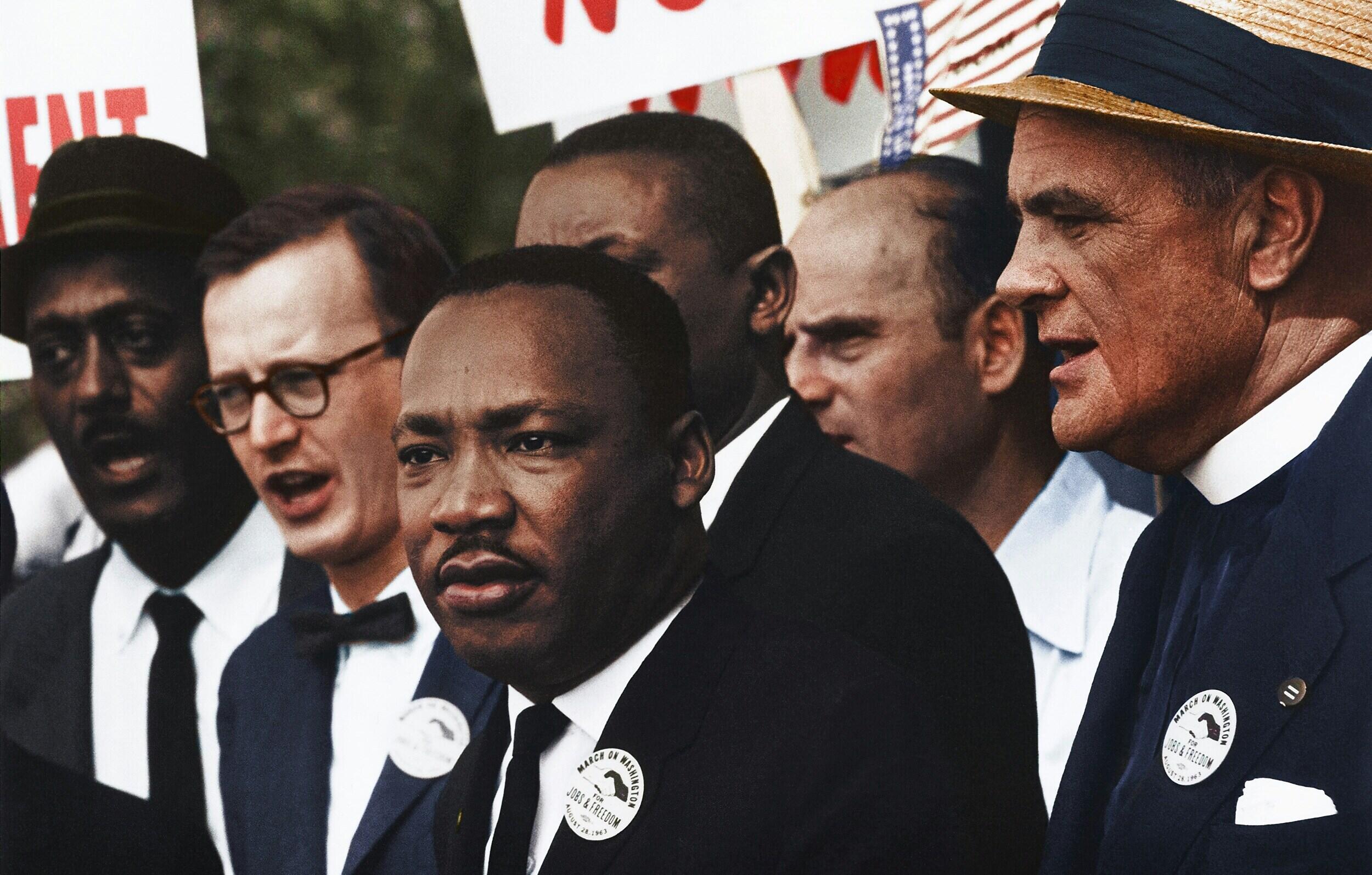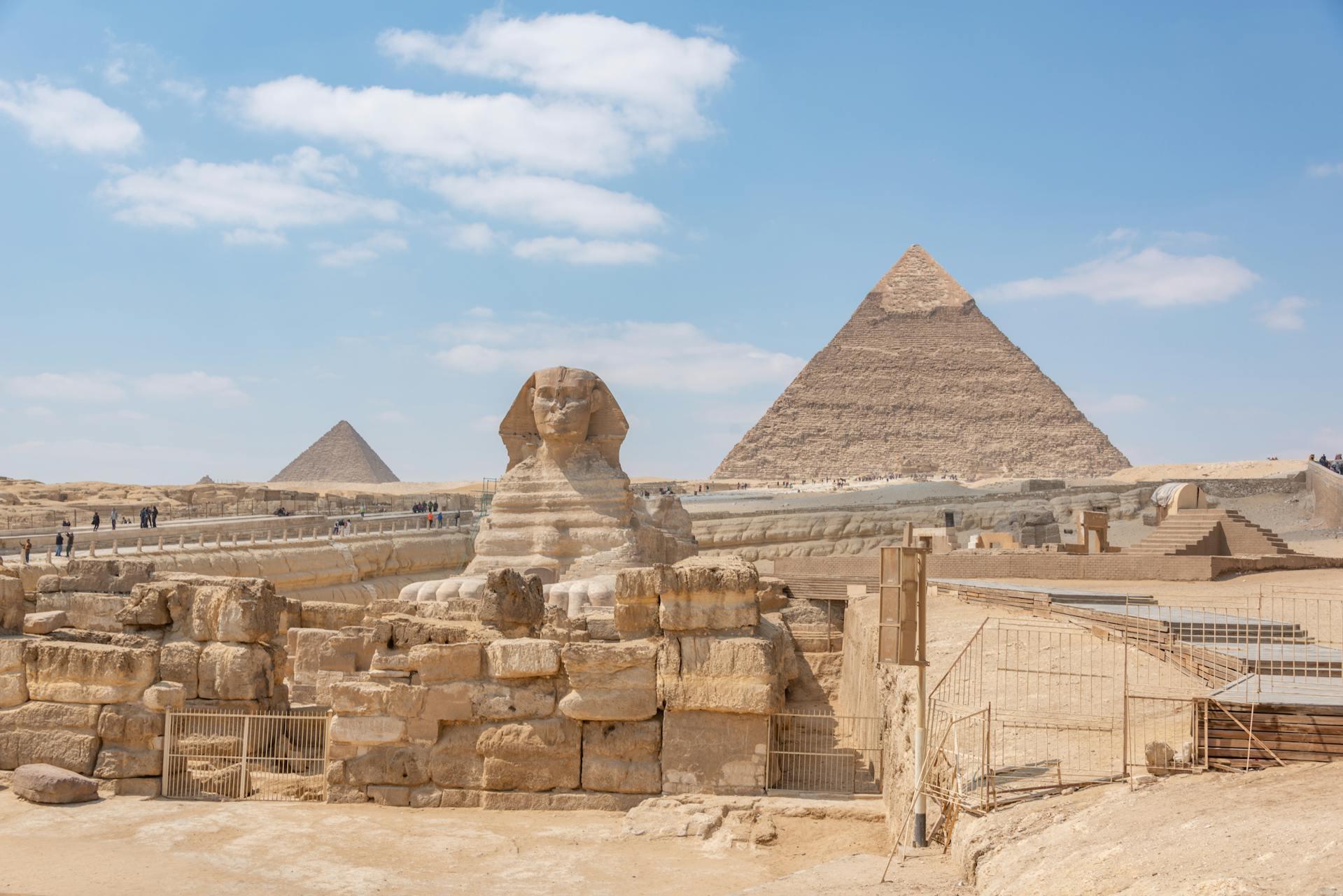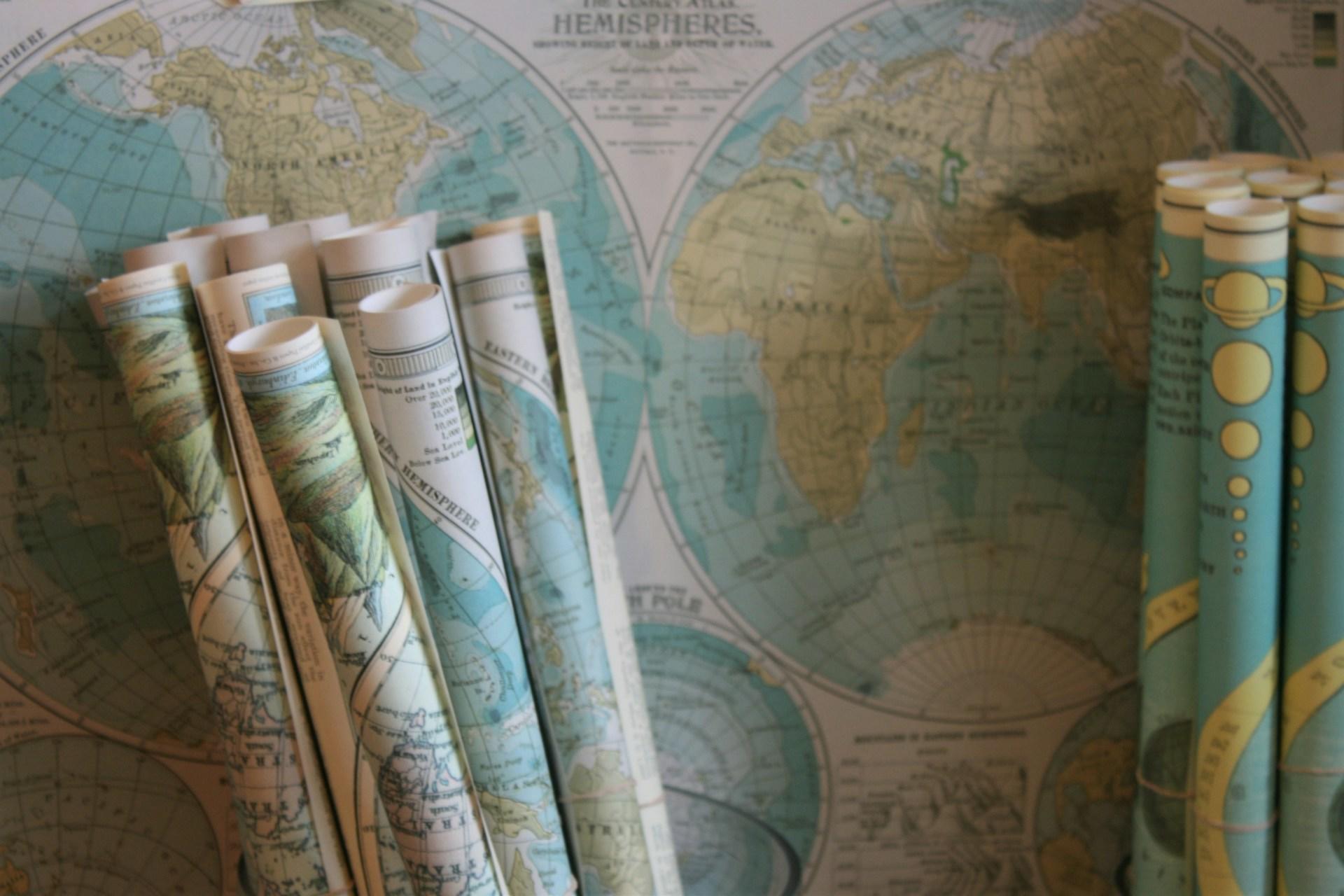There is no doubt that Christmas is one of the most important and significant celebrations in the calendar of many cultures around the world. Its importance even transcends religion: we can say that these celebrations even encompass universal values such as solidarity and union.
And if Christmas in the US is known for being snowy and magical, Christmas celebrations around the world are very different. Many of them are equally rich and diverse, reflecting the cultural and religious traditions of each region. In this quiz, we will test your knowledge on some of the most peculiar ways to celebrate this date in different countries. Let's go!
Quiz
Quiz :
Christmas in the United States
Christmas in the United States is either sunny or snowy and cold, depending on where you live, but no less festive. Despite the temperature, many adopt traditions, such as Christmas trees and large dinners, but with a local touch (of course!): ham, turkey and Christmas cookies are very common. In fact, some claim that dinner on December 25th is the most anticipated moment of an American Christmas.

The exchange of gifts is common on the morning of the 25th. A popular tradition is a secret Santa gift exchange, in which each person draws a name to give a gift, keeping it secret until the moment of exchange. Santa Clause is the main figure in the distribution of gifts. In some cities, Christmas decorations include parades, lights and grandiose presentations.
As the spirit of solidarity is a significant part of Christmas in the US (and beyond), many communities carry out campaigns to donate food, toys and clothes to help people in vulnerable situations.
The Origin of Christmas
The history of Christmas has deep roots, ranging from pagan traditions to its consolidation as the celebration of the birth of Jesus Christ in Christianity. Before Christmas was associated with Christianity, winter solstice celebrations were already held by different people:
A festival in honor of Saturn, the god of agriculture, celebrated from December 17th to 23rd. It was a period of exchanging gifts, banquets and suspending social hierarchies.
The Germanic peoples celebrated the return of light after the winter solstice with bonfires, dances and banquets. Some elements of this tradition, such as the decorated tree, have influenced modern Christmas.
These festivals had in common the celebration of renewal and hope, themes that were later connected to the birth of Jesus.
The Birth of Jesus
Although Christianity has adopted Christmas as the celebration of the birth of Jesus Christ, the Bible does not specify a date for this event.
Scholars believe that Jesus was probably born in spring or autumn. In the fourth century, the Catholic Church chose December 25th to celebrate the birth of Christ, coincidentally at the same time as pagan festivities. This facilitated the conversion of pagan peoples to Christianity, mixing traditions.
In the year 336, Christmas was officially celebrated in Rome for the first time, marking the beginning of its adoption as a Christian holiday. In the 9th century, the Pope introduced Midnight Mass, held at midnight on December 24, as a solemn celebration of the birth of Jesus. Nativity scenes, popularized by Saint Francis of Assisi in the 13th century, helped make Christmas more accessible to ordinary people, representing the scene of Jesus' birth in a visual and symbolic way.

Over time, Christmas incorporated elements from various cultures. The Christmas Tree originates from the Baltic countries and Germany, and its popularization took place in the 16th century, when Martin Luther decorated a tree with candles to symbolize the stars in the sky on the night of Christ's birth. Santa Clause was inspired by Saint Nicholas, a 4th century bishop known for his generosity, especially towards children. In the 19th century, the figure gained its current appearance (red clothes and white beard), thanks to literature and advertising, especially in the United States.
Expansion and Popularization
During the Middle Ages, Christmas spread across Europe and was celebrated with plays, music and parties. In the 19th century, Christmas gained strength as a family celebration and less focused on large public festivals. This was thanks to Charles Dickens' work, A Christmas Carol (1843), which popularized Christmas as a time of charity, love and family unity.
In the 20th century, Christmas became more commercialized, especially due to the exchange of gifts and the appearance of Santa Clause. As you saw in this quiz, Christmas is currently celebrated in different ways around the world, combining religious, cultural and commercial traditions. Today, Christmas represents more than a religious event: it symbolizes hope, love, unity and generosity. Happy holidays!

















